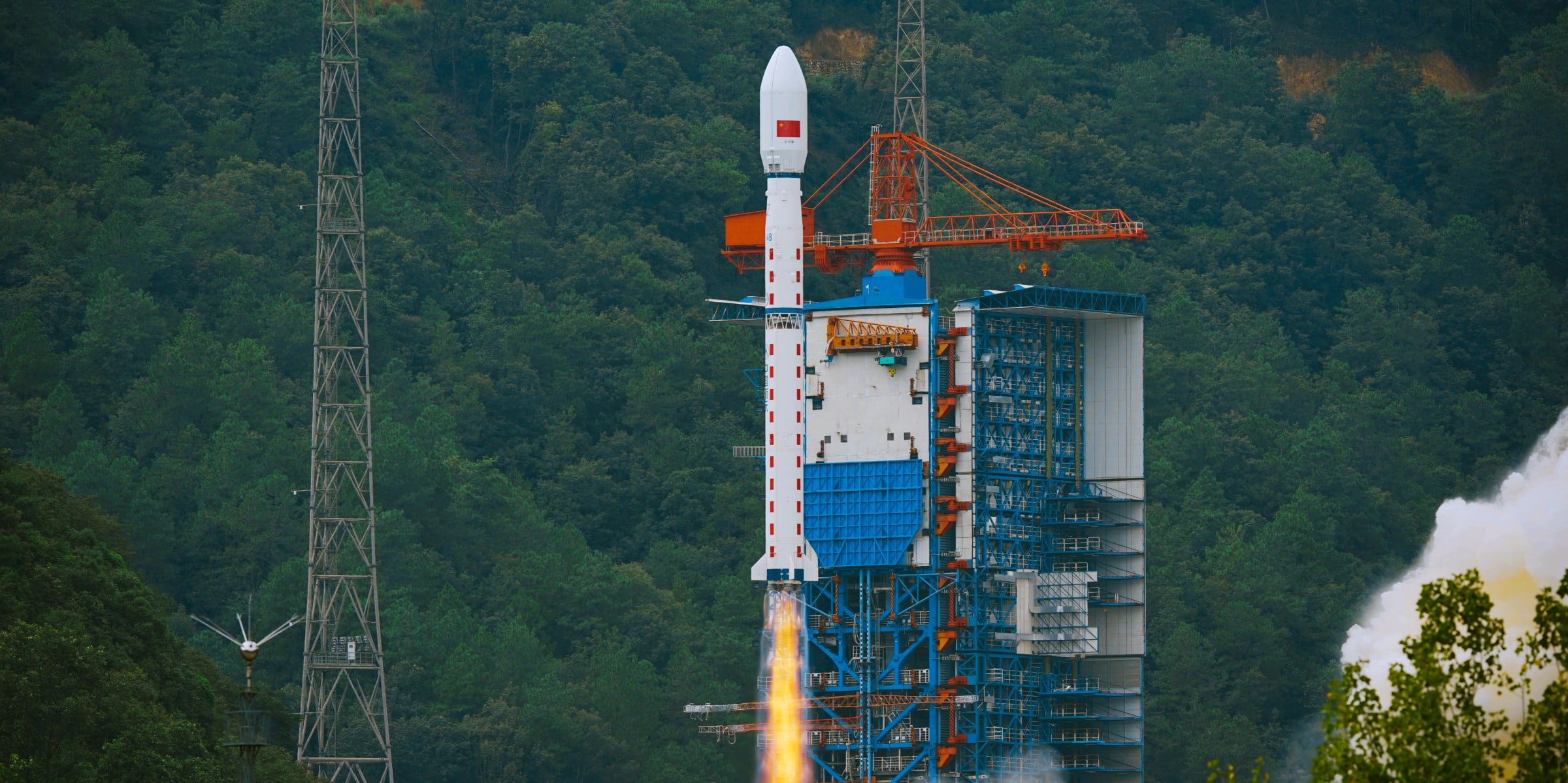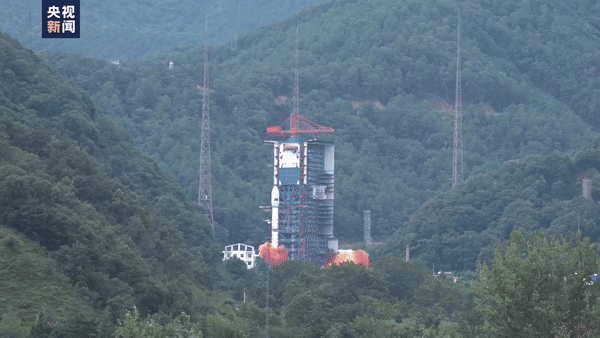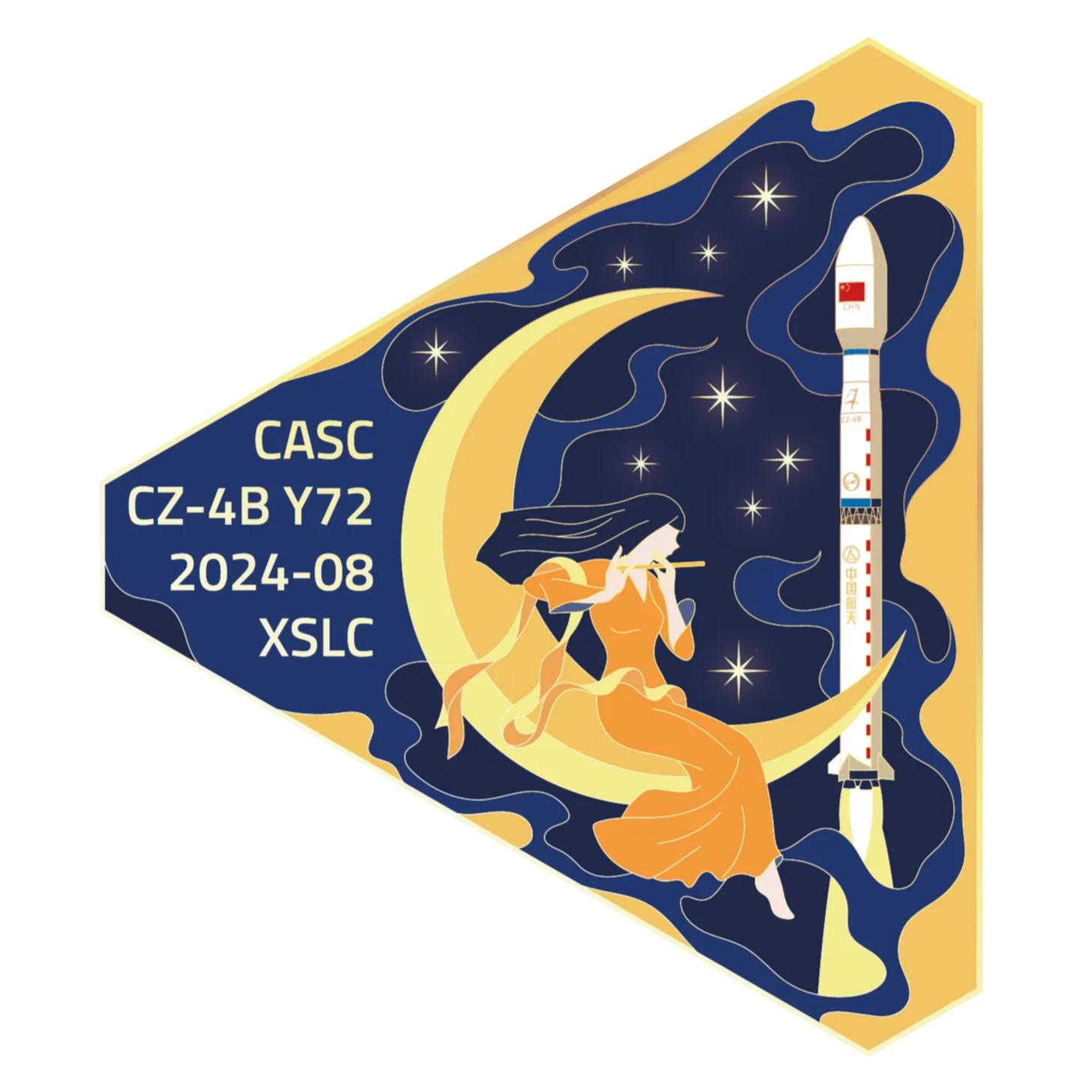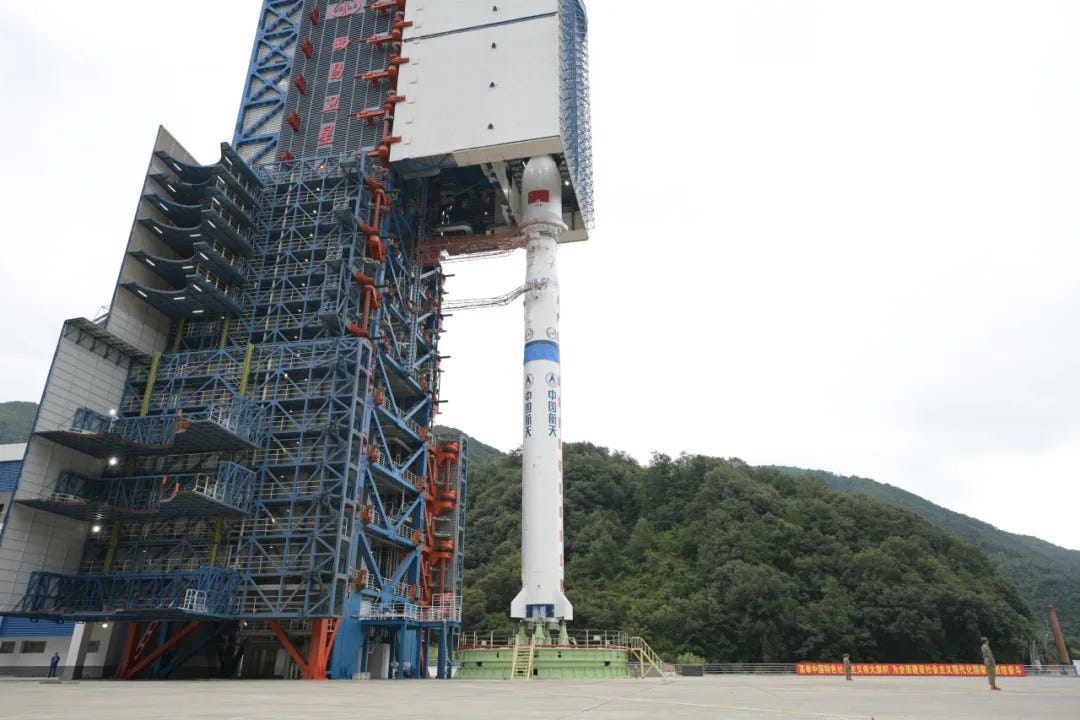Here comes the swarm? [Long March 4B Y72]
A Long March 4B lifted off from Xichang possibly carrying the first satellite group of a remote sensing constellation.

On August 16th at 15:35 pm China Standard Time, or 07:35 am Universal Coordinated Time, a Long March 4B lifted off from the Xichang Satellite Launch Center, and headed for low Earth orbit. This launch was carrying yet more Yaogan satellites.
The Long March 2 and 4 series of launch vehicles carry Yaogan satellites quite often, sometimes carrying a duo or trio of satellites. Today’s launch however is believed to have had nine satellites onboard, these guesses come from the data-driven renders shown during launch.

Not much was said about the satellites, under the name Yaogan-43 01 Group. What was shared is that the satellites will be used for carrying out tests of new technologies for low-orbit constellations.
Given that these satellites are under the Yaogan nomenclature, China’s military will likely be the satellite group’s operator and owner. Along with testing new technology, the satellite group will probably help with providing data for land surveying, disaster prevention, and monitoring of the Earth below.
Some theories about the payloads have this group being the start of a Chinese equivalent to SpaceX’s Starshield constellation, while others believe it may be a rideshare mission between state-owned firms with a few Yaogan-43 satellites simply being the important spacecraft onboard.
Ensuring that all nine satellites could be carried by the rocket required a new fairing, according to the Shanghai Academy of Spaceflight Technology. This new fairing is stated as being 4.2 meters in diameter, and appears to be longer than the Long March 4B’s usual fairing. Another reason for developing the larger fairing is believed to be market demand, possibly indicating an increase in small low Earth orbit constellations.
This launch was also the 36th from China this year, as a target of 100 launches was set for 2024. For China to hit this goal, a launch would need to occur every 2.14 days.
For the Long March 4 series, this was the 106th overall, and the 215th Long March rocket launch from the Shanghai Academy of Spaceflight Technology. The overall number of Long March rocket launches now stands at 531.
What is the Long March 4B?
This section is for those less familiar with China's Long March series of launch vehicles.
The Long March 4B is a three-stage rocket that burns Dinitrogen Tetroxide and Unsymmetrical Dimethylhydrazine in all three of its stages. It is manufactured by the Shanghai Academy of Spaceflight Technology.
The Long March 4B is believed to be able to carry up to 4,200 kilograms to low Earth orbit, 2,800 kilograms to a sun-synchronous orbit, or 1,500 kilograms to a geosynchronous transfer orbit.
The first stage is powered by four YF-21C engines, which generate 302 tons of thrust burning Dinitrogen Tetroxide and Unsymmetrical Dimethylhydrazine. The second stage is powered by a single YF-24C engine that generates 80 tons of thrust by burning Dinitrogen Tetroxide and Unsymmetrical Dimethylhydrazine. The third stage is propelled by two YF-40 engines that provide 10 tons of thrust by burning Dinitrogen Tetroxide and Unsymmetrical Dimethylhydrazine.
On the launchpad, the Long March 4B is believed to be over 44 meters tall, with a first and second-stage diameter of 3.35 meters along with a third-stage diameter of 2.9 meters. Fully fuelled the launch vehicle weighs a believed 249,200 kilograms.






